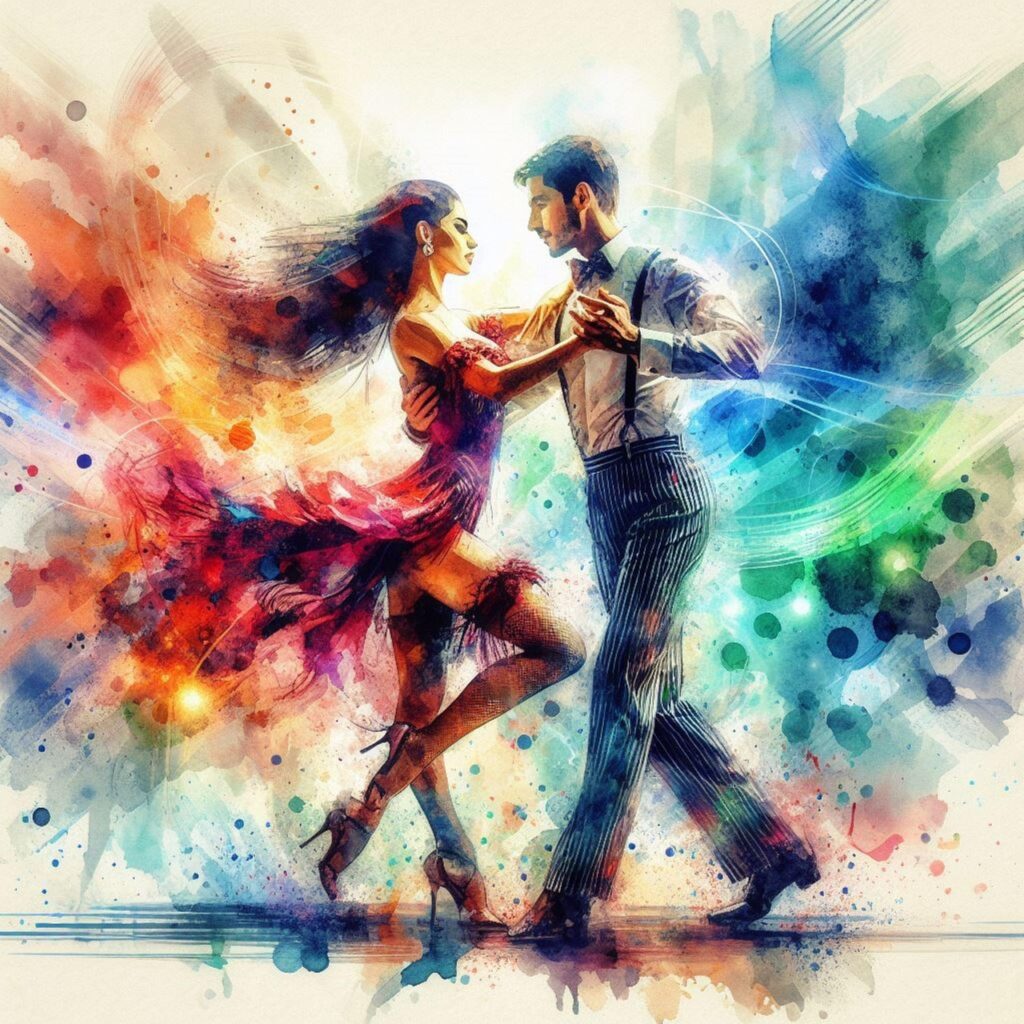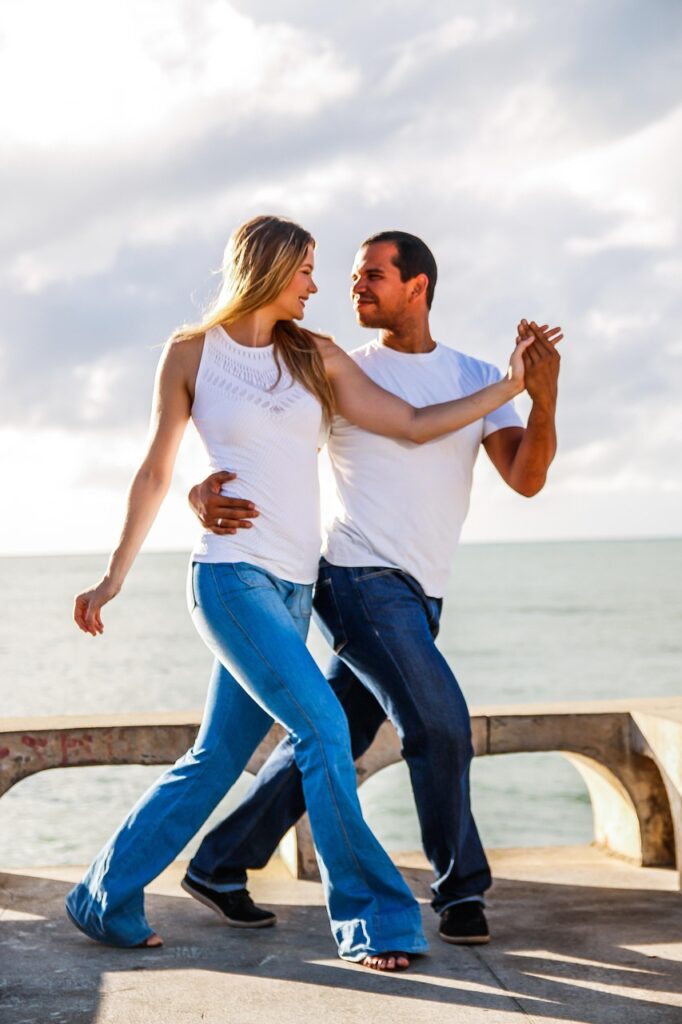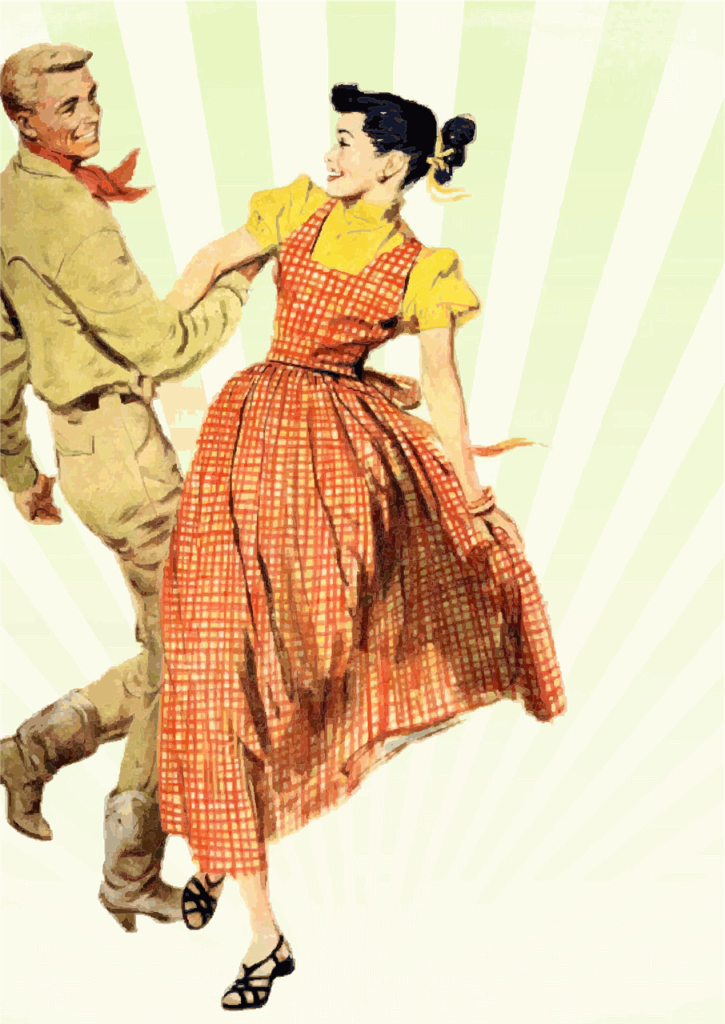The Real Lingua Franca

For centuries, humans have been searching for a lingua franca that would allow all people of the world to communicate with each other. For many people, that language is English, but it is a language that takes years of practice to master. For others, that language is food, though I don’t know if you’ve ever tried having a conversation with food, but it’s very hard to communicate anything other than love with food, unless it’s a food fight.

But there is one more language which people around the world use to communicate things that even words cannot describe. This language can be learned in less than an hour and immediately used in all countries of the world. That language is dance, specifically partner dancing.
I’m sure you’ve seen incredible improvised performances between two dancers that seem as if they were choreographed and practiced for weeks, but the beauty of partner dancing is that it is just you, your partner, and the music, creating something together that will exist just for the two of you for that moment in time. You can establish a deep connection with your partner, and not speak a single word of their language.

To test this out, I try dancing in every country I visit. I’ve joined danced swing in Taiwan, salsa in Japan, France, and Belgium, and west coast swing in the Czech Republic. In each of those trips, those dance socials were among the times when I could interact with locals authentically and step beyond the tourist bubble. I was expecting to see more regional differences for each dance. After all, how can salsa be the same in the United States, Europe, and Asia? But surprisingly, I was able to follow just fine in each of these countries, despite the huge cultural and linguistic differences.
The basics of the communication happens through something called the “frame,” which creates the necessary structure for cues to be transmitted from the lead to the follower. The lead steps forward, which, since his body is in frame, moves his shoulders and arm forward. The follow, since she is also in frame, feels the build up of tension in her arm from the lead stepping towards her, and lets that momentum mover her body in the most natural way: stepping back. Thus is the foundation for all of partner dancing. The rest is just different leads, creating a push and pull sensation between the two dancers, that can then be interpreted in thousands of different steps.
This is just a small peek into the world of partner dancing, where you can find connection with people from all different backgrounds and ages, despite having no words in common.
You May Also Like

Vagabond’s Gaze
20 August 2024
Great British Attractions
29 January 2025